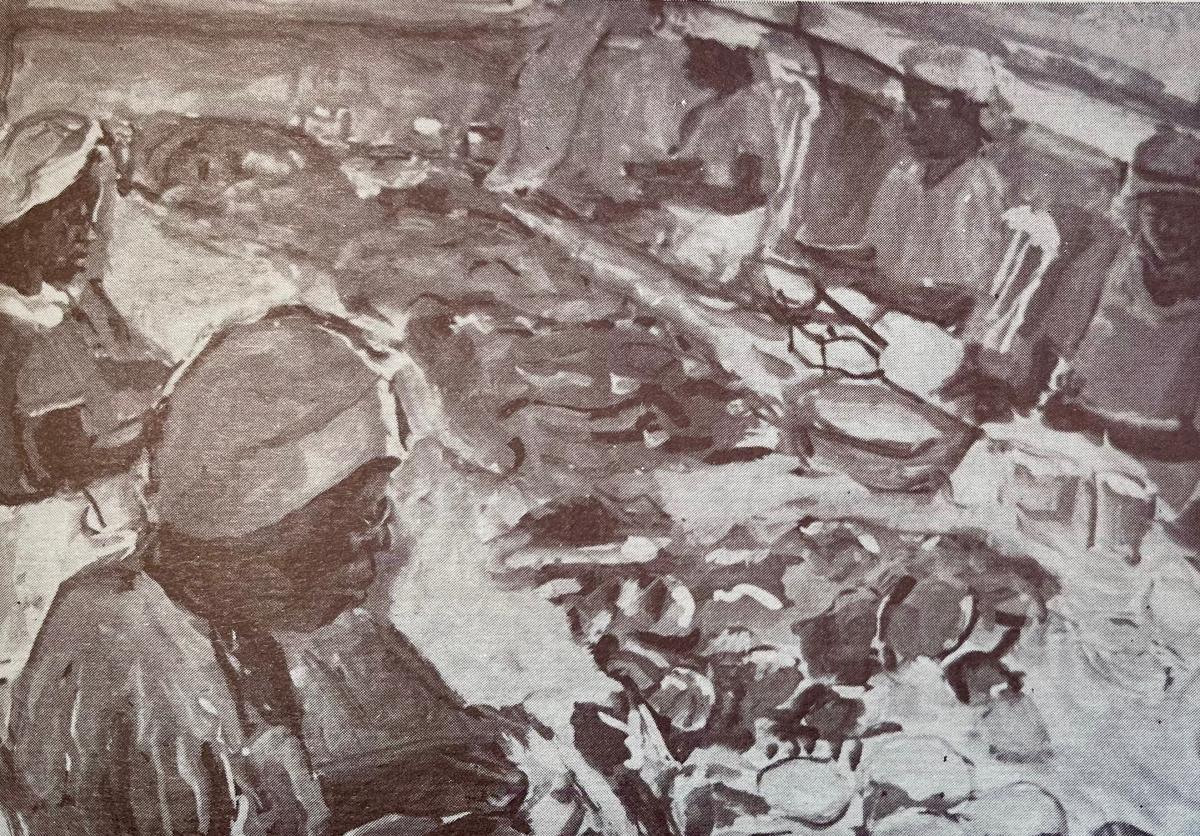The 2021-2022 oyster harvest on public grounds was one of the best in years.
Some younger watermen say it was the best oyster year of their lives.
Crabs, however, are another story. Pretty much the opposite.
“This so far is the worst crabbing season I’ve ever had in my life,” said a commercial trotliner. “It’s all I can do to catch one or two bushels.”
To make matters worse, inflation appears to be putting a dent in demand. While the season started out with watermen earning $200 per bushel and more for their crabs, that number has dropped now to the $150 per bushel range.
That translates into anywhere from $250 to $300 per bushel for consumers at the retail and restaurant level. With gas hovering around the $5 per gallon mark and prices for everything else on the rise due to all kinds of inflationary pressures, people aren’t running as quickly to buy their crabs for summertime feasts. Typically in supply and demand scenarios, shrinking supplies lead to rising prices. But this year, with supply chain issues dogging the marketplace, the Russian invasion of Ukraine, and the tenacious coronavirus and all of its variants continuously injecting new doses of uncertainty around the world, there’s nothing typical about supply and demand behavior.

Delmarva artist Jack Lewis included this drawing of Crab Packers, Crisfield, in his 1953 book titled The Chesapeake Bay Scene. He wrote about this scene: “These colored people so near the edge of having nothing, find joy, wonder, and great entertainment in the most insignificant items. Perhaps the essential Christianity is poverty.” A lack of crab pickers and packers is another headwind currently plaguing the Chesapeake crab industry.
Scientists monitoring the overall Chesapeake Bay crab population predicted an off year in 2022 based on the results of extensive sampling in the winter dredge survey. That survey projected the lowest number of crabs in the Chesapeake system since the winter dredge survey started in 1990.
One buyer said even if the harvest were stronger, he would still have a hard time moving the crabs throughout the mid-Atlantic region. “People are having to make choices and crabs aren’t always their first choice when the cost of essentials is going up.”
“It’s a good thing the watermen had a good oyster season,” said another industry observer. “Now, with the cost of bait and fuel, and fewer crabs, many are having a hard time making ends meet.”
It costs between $160 and $200 in fuel and bait to leave the dock in the darkest hours of morning. Two bushels of crabs – if watermen get those – barely cover costs. That doesn’t take into consideration the eight to ten hours of labor to catch the crabs.
Adding to the sour recipe is the large numbers of blue channel catfish and skates in the Chesapeake system, creatures that enjoy eating crabs as much as people do. “There might be lots of small crabs out there, but there’s also lots of other animals feeding on them and taking their share.”
While nature and economic forces are taking their toll, state shellfish managers are considering how to manage the blue crab resource in the face of this year’s record-setting low population. At a recent meeting of Maryland’s Blue Crab Industry Advisory Council, resource managers proposed everything from limiting the harvest of males and females, especially, for the rest of the season by reducing the daily take of bushels permitted. Also being considered is closing the harvest season in October or November or shortening the number of days each week when harvesting is allowed.
Whatever management tools the state decides to implement have to be announced prior to July 1. That’s the traditional date for announcing any revised harvesting regulations, after resource managers have had a chance to evaluate the results of the annual winter dredge survey.
Many watermen may be looking forward to the start of the 2022-2023 oyster season Oct. 1 with greater anticipation than usual. The good news on that front is that Maryland’s oyster managers have proposed no changes to the regulations that were in place for last year’s strong season.
Dennis Forney has been a publisher, journalist and columnist on the Delmarva Peninsula since 1972. He writes from his home on Grace Creek in Bozman.



Write a Letter to the Editor on this Article
We encourage readers to offer their point of view on this article by submitting the following form. Editing is sometimes necessary and is done at the discretion of the editorial staff.